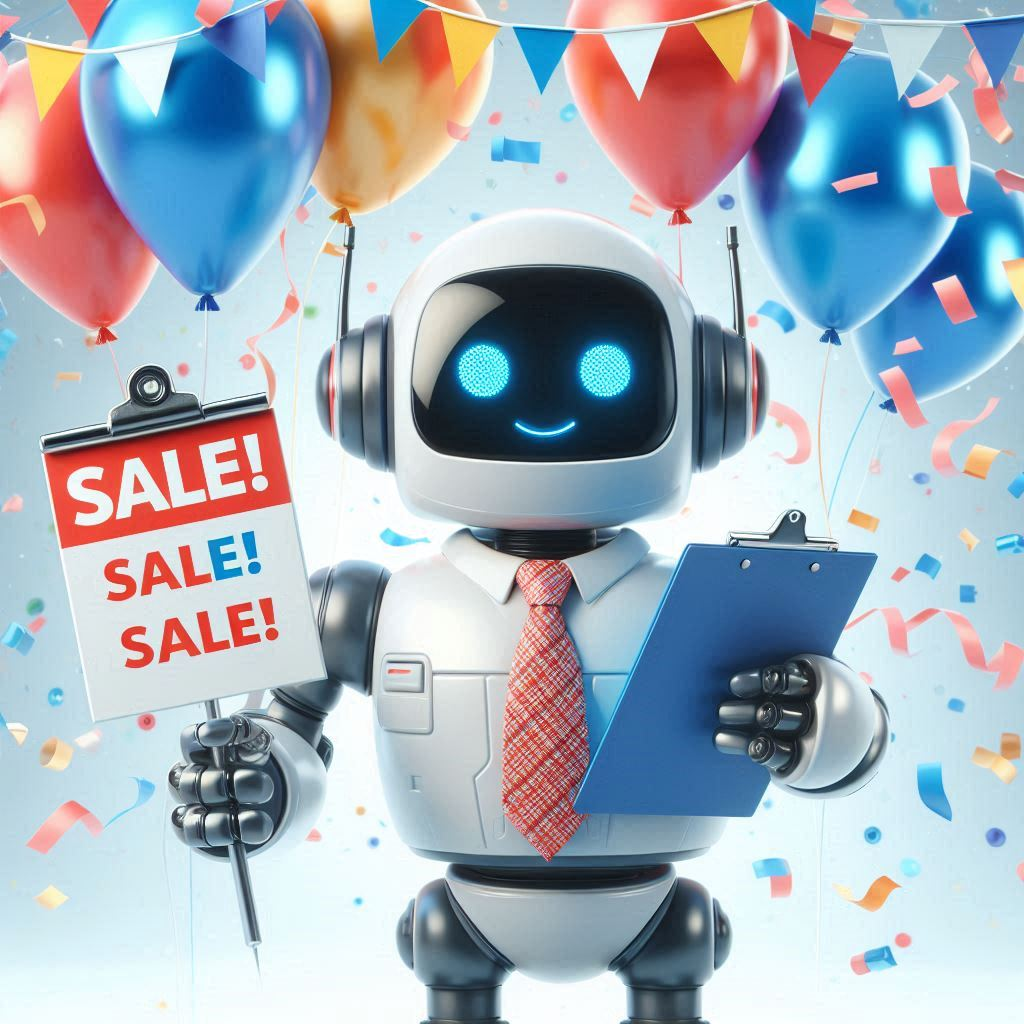
Artificial Intelligence (AI) is revolutionizing the field of marketing, offering marketers powerful tools and strategies to optimize campaign effectiveness, personalize customer experiences, and drive ROI. From predictive analytics and customer segmentation to content optimization and chatbot interactions, AI technologies enable marketers to make data-driven decisions and deliver targeted messages that resonate with their audiences. Here are key strategies for marketers to harness AI effectively in their campaigns:
AI-powered predictive analytics models analyze historical data and consumer behavior patterns to forecast future trends and preferences. Marketers can use these insights to anticipate customer needs, identify high-value segments, and tailor marketing strategies to optimize engagement and conversion rates.
AI algorithms can analyze customer data in real-time to create personalized recommendations, product suggestions, and promotional offers. Marketers can leverage AI-driven personalization tools to deliver relevant content across multiple channels, enhance customer satisfaction, and foster long-term loyalty among their audience.
AI tools equipped with natural language processing (NLP) capabilities can generate and optimize content based on SEO trends, audience preferences, and engagement metrics. Marketers can use AI-driven content creation platforms to produce compelling blog posts, social media updates, and email campaigns that drive organic traffic and resonate with target audiences.
AI-powered chatbots provide instant customer support, answer inquiries, and guide users through the sales funnel. Marketers can integrate chatbots into websites and messaging apps to automate customer interactions, qualify leads, and deliver personalized recommendations, improving overall customer satisfaction and retention.
AI-driven visual recognition technologies can analyze images, videos, and user-generated content to identify brand mentions, sentiment, and trends. Marketers can use AI-powered image analysis tools to monitor brand perception, track campaign performance, and engage with visual content that resonates with their target audience.
AI platforms can optimize marketing campaigns across multiple channels by analyzing performance data, adjusting bidding strategies, and allocating budgets based on real-time insights. Marketers can use AI-driven campaign optimization tools to maximize ROI, improve ad targeting, and achieve measurable business outcomes across digital and traditional marketing channels.
AI technologies facilitate advanced customer journey mapping and attribution modeling by analyzing touchpoints and interactions across various channels. Marketers can use AI-powered attribution models to measure the impact of marketing efforts, allocate resources effectively, and optimize the customer experience from awareness to conversion and retention.
By integrating AI technologies into their marketing strategies, marketers can gain a competitive edge, enhance campaign effectiveness, and deliver personalized experiences that drive engagement and loyalty among their target audience in today’s dynamic digital marketplace.
FAQ’s
1. How does AI improve predictive analytics for audience insights? AI-powered predictive analytics models analyze historical data and consumer behavior to forecast future trends and preferences. Marketers use these insights to anticipate customer needs, identify high-value segments, and tailor strategies to optimize engagement and conversion rates.
2. How does AI enable personalized customer experiences? AI algorithms analyze customer data in real-time to create personalized recommendations, product suggestions, and promotional offers. Marketers leverage AI-driven tools to deliver relevant content across multiple channels, enhancing customer satisfaction and fostering long-term loyalty.
3. What benefits do AI-powered content creation and optimization offer? AI tools with natural language processing (NLP) capabilities generate and optimize content based on SEO trends, audience preferences, and engagement metrics. Marketers use AI-driven platforms to produce compelling blog posts, social media updates, and email campaigns that drive organic traffic and resonate with audiences.
4. How do AI-powered chatbots enhance conversational marketing? AI-powered chatbots provide instant customer support, answer inquiries, and guide users through the sales funnel. Marketers integrate chatbots into websites and messaging apps to automate interactions, qualify leads, and deliver personalized recommendations, improving customer satisfaction and retention.
5. How do AI-driven visual recognition and image analysis work? AI-driven visual recognition technologies analyze images, videos, and user-generated content to identify brand mentions, sentiment, and trends. Marketers use AI-powered tools to monitor brand perception, track campaign performance, and engage with visual content that resonates with their target audience.
6. How does AI optimize cross-channel marketing campaigns? AI platforms optimize marketing campaigns across multiple channels by analyzing performance data, adjusting bidding strategies, and allocating budgets based on real-time insights. Marketers use AI-driven tools to maximize ROI, improve ad targeting, and achieve measurable outcomes across digital and traditional channels.
7. What role does AI play in customer journey mapping and attribution modeling? AI technologies facilitate advanced customer journey mapping and attribution modeling by analyzing touchpoints and interactions across various channels. Marketers use AI-powered models to measure the impact of marketing efforts, allocate resources effectively, and optimize the customer experience from awareness to conversion and retention.